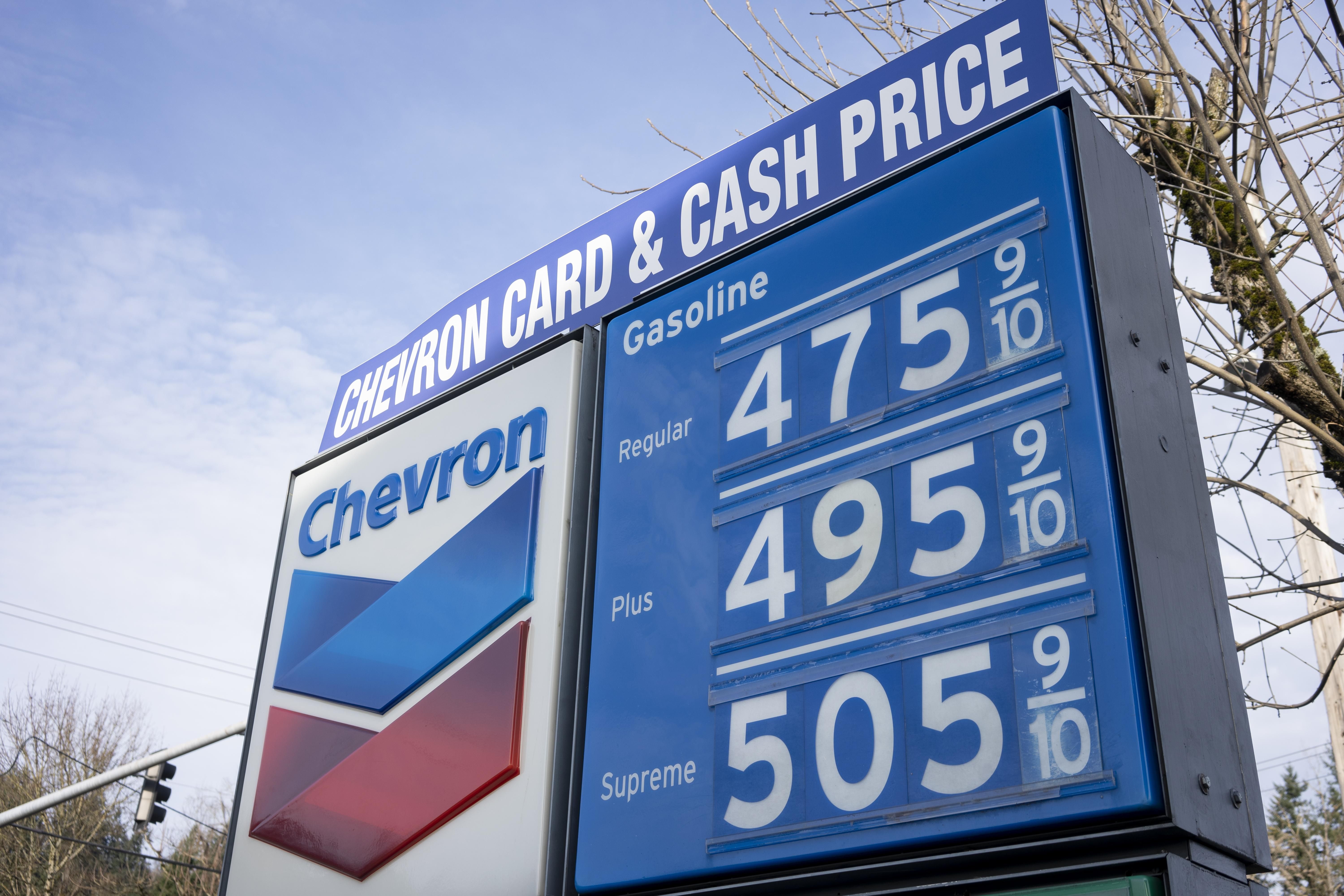#WATERISLIFE
Khanna-Warren bill would ban Wall Street profiteering on water scarcity
"Water must be managed as a public resource, not a corporate profit center."
Rep. Ro Khanna and Sen. Elizabeth Warren on Tuesday introduced the Future of Water Act, which would prevent Wall Street from speculating on life-sustaining water resources in an attempt to profit from current and projected scarcity under fossil fuel-intensified drought conditions.
“Water must be managed as a public resource, not a corporate profit center.”
The congressional Democrats’ bicameral legislation would amend the Commodity Exchange Act to affirm that water is a human right to be managed for public benefit—not a commodity to be bought and sold by corporations and investment firms. The bill would also prohibit the trading of water rights on futures markets—a recently invented financial scheme widely condemned as “dystopian.”
“Every American should agree: Clean, drinkable water is one of our most basic human rights,” Khanna (Calif.) said in a statement. “Large companies and investors should not be allowed to use an essential public resource for their own gain. We have to stand together to protect our water.”
Warren (Mass.) added that “Wall Street shouldn’t be allowed to use this vital resource to make profits at the expense of hardworking Americans.” The newly unveiled bill, she said, would “protect water from Wall Street speculation and ensure one of our most essential resources isn’t auctioned off to the highest bidder.”
The Future of Water Act, which Khanna said would “prioritize human needs over corporate profits,” comes in response to ominous ecological and economic developments.
In December 2020, the Chicago Mercantile Exchange (CME) launched the world’s first water futures market, allowing hedge funds and other participants to claim quarterly contracts and bet on the price of 10 acre-feet of water in California—where more than 37 million people are currently facing drought conditions after enduring the driest year in more than a century—through 2022.
Pedro Arrojo-Agudo, the United Nations Special Rapporteur on the Human Right to Water, warned in response that treating water “as gold, oil, and other commodities that are traded on Wall Street futures markets” rather than as a public good belonging to everyone demonstrates how “the value of water, as a basic human right, is now under threat.”
Three months ago—roughly one year after CME opened the world’s first market for water futures contracts—a coalition of more than 130 civil society groups delivered a petition urging federal regulators at the Commodity Futures Trading Commission (CFTC) to shut it down, as Common Dreams reported.
Warren and Khanna’s bill—endorsed by more than 260 progressive organizations, including Public Citizen, the Indigenous Environmental Network, and the National Family Farm Coalition—would ban the practice for good in the U.S.
Food & Water Watch (FWW), which organized the December petition effort and supports the Future of Water Act, explained Tuesday that “Wall Street’s interest in financial derivatives based on water and water rights could lead to severe real-world water price spikes due to market manipulation and/or excessive speculation.”
According to the progressive advocacy group, “Large contract holders would have a strong incentive to manipulate the water futures market for profit.”
“Too much concentration in water markets by massive passive investors could lead to physical water hoarding and price increases,” added the group, but the “prohibition of water and water rights futures trading stops this dangerous speculation and protects American families and agricultural producers.”
Wenonah Hauter, executive director of FWW, stressed that “with the climate crisis delivering historically devastating droughts across the West, it is clearer than ever that water should be treated as a scarce, essential resource, not a commodity for Wall Street and financial speculators.”
“This groundbreaking legislation would put a lid on dangerous water futures trading before it creates a crisis,” said Hauter, “and it reinforces the fact that water must be managed as a public resource, not a corporate profit center.”
Although the U.N. acknowledged in 2010 that “clean drinking water and sanitation are essential to the realization of all human rights,” billions of people are around the world, including more than two million in the U.S., lack access to running water and basic plumbing.
Several House Democrats have co-sponsored the Future of Water Act, including Reps. Jamaal Bowman (N.Y.), Cori Bush (Mo.), André Carson (Ind.), Chuy García (Ill.), Jahana Hayes (Ct.), Eleanor Holmes Norton (D.C.), Mondaire Jones (N.Y.), Brenda Lawrence (Mich.), Barbara Lee (Calif.), Andy Levin (Mich.), Alexandria Ocasio-Cortez (N.Y.), Ilhan Omar (Minn.), Ayanna Pressley (Mass.), Jan Schakowsky (Ill.), Rashida Tlaib (Mich.), and Bonnie Watson Coleman (N.J.).
Senate co-sponsors include Ed Markey (D-Mass.), Jeff Merkley (D-Ore.), Bernie Sanders (I-Vt.), and Sheldon Whitehouse (D-R.I.).












